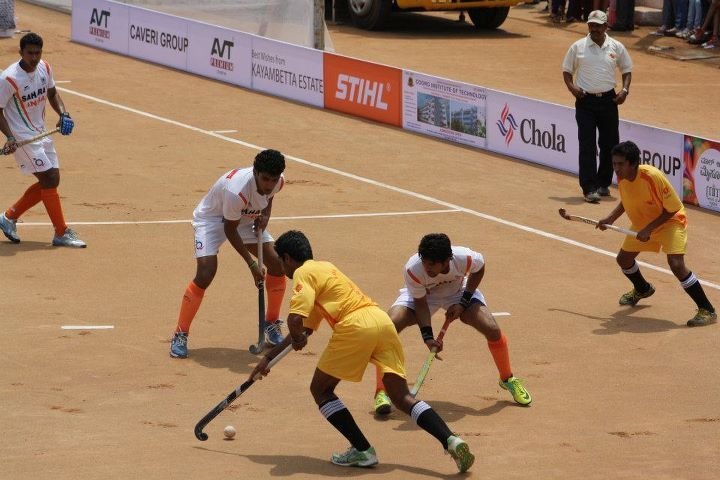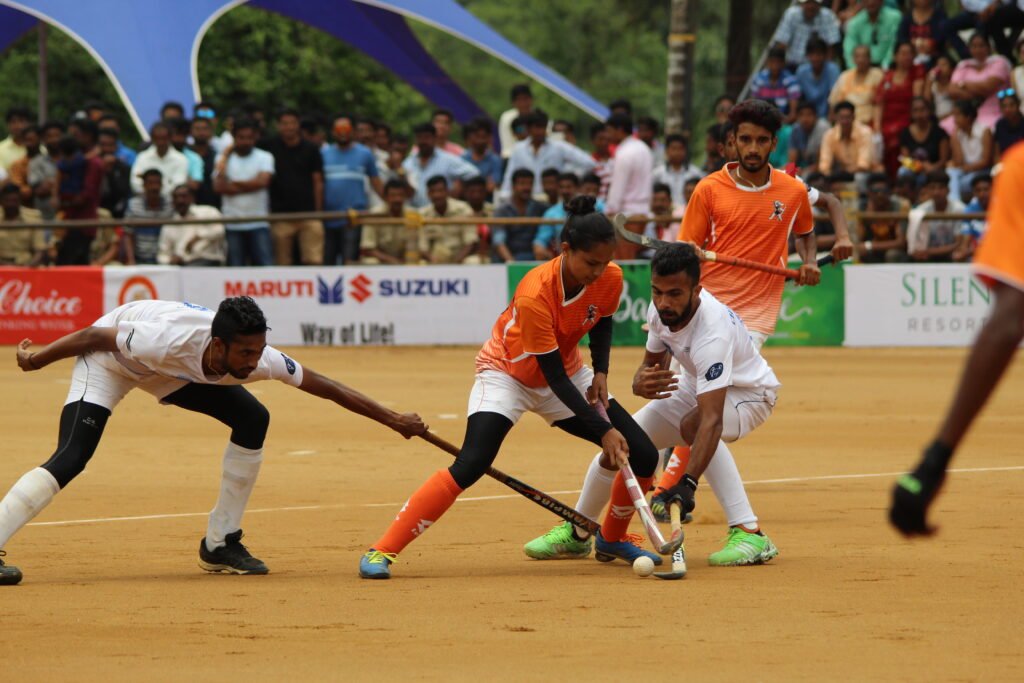
Kodagu/Coorg also known as Kodava Naad is an administration district in Karnataka. The district is bordered by Dakshina Kannada, Hassan, Kasargod(Kerala) and Mysore.
Kodagu, the densely wooded God’s own paradise is nestled in between the western ghats that run from North to South. River Cauvery considered as one of the seven holy rivers in India, rises at Tala Cauvery in the Brahmagiri range of the Western ghats and flows down serving the people of Karnataka and Tamilnadu.






Kodavas traditionaly celebrate the following three main festivals peculiar to Kodagu alone (two are cultural and one religious)- Kail Podh, Kaveri Changrandi (Tula Sankramana) and Puthari (Harvest Festival)
The Kodavas have contributed immensely towards the growth of the Indian nation, despite them being in small numbers. Their most significant contributions are in the armed forces and in sports. Originally being land-owning militiamen farmers from Kodagu, hence their traditional twin occupations were as agriculturists and as soldiers. Field Marshal Cariappa of the Rajput Regiment and General Thimayya of the Kumaon Regiment were the most distinguished army-men among the Kodavas.